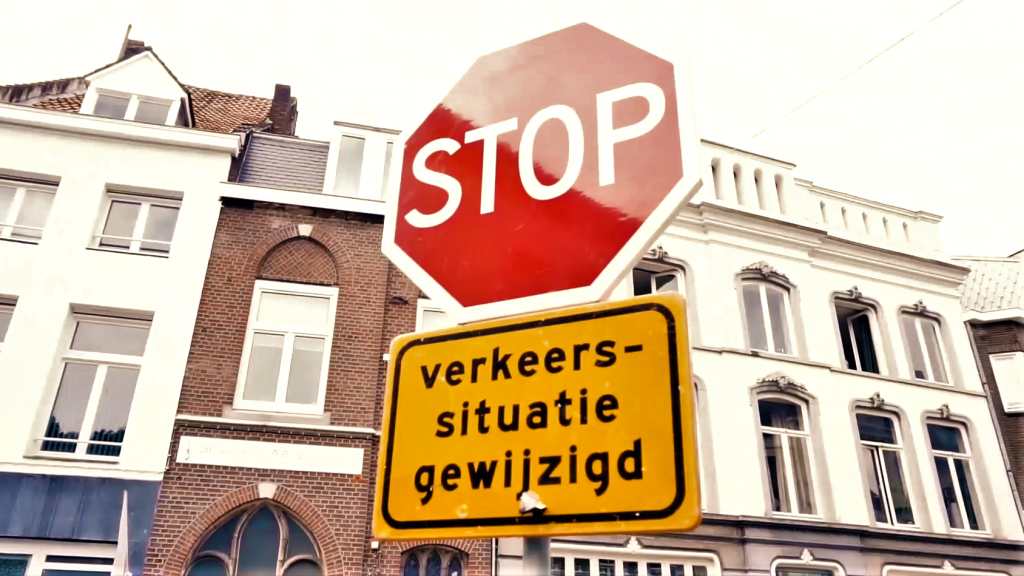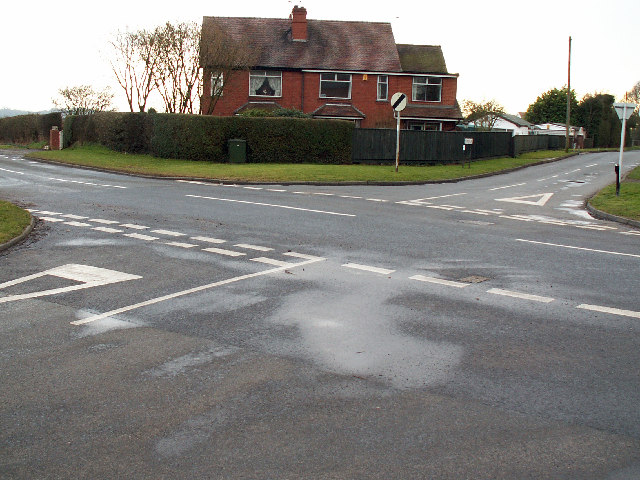Dutch Traffic: Why the stop sign is so rare in the Netherlands Posted by Sten on Jun 28, 2018 in Culture, Dutch Vocabulary
Welcome to a new series here at the Dutch blog, discussing verkeerssituaties (traffic situations) and verkeersborden (traffic signs) in the Netherlands. Even though the verkeersregels (traffic rules) are not that different in the Netherlands, there are a few key differences. Today, we discuss why there are barely any stopborden (stop signs) in the Netherlands.
Stop!
As we know, a stopbord means that the approaching bestuurder (driver) must come to a complete stop and voorrang geven (yield way) to any passing weggebruikers (road users) before proceeding.
This means that it can only be used if there are voorrangswegen (priority roads). These were only introduced in 1936 in the Netherlands. During the German occupation, the first stop sign was introduced, which compelled drivers to come to a complete stop.
However, for some reason, there are not many of these signs in the Netherlands. Why not? Are there no dangerous kruisingen (crossings) in the Netherlands? Do people drive a lot more responsibly?
No.
There is an alternative.
Haaientanden
Instead of stopborden, the Dutch rely heavily on haaientanden (shark’s teeth). These are white triangles placed on the weg (road) where you would normally expect a stopstreep (stop line). Officially, the Nederlands Reglement Verkeersregels en Verkeerstekens (RVV) (Dutch Regulation traffic rules and traffic signs (RVV)) of 1990 calls these haaientanden differently: voorrangsdriehoeken (yield triangles). Their betekenis (meaning):
Haaietanden hebben de volgende betekenis: de bestuurders moeten voorrang verlenen aan bestuurders op de kruisende weg.
(Shark’s teeth have the following meaning: the drivers must yield way to the drivers on the crossing street.)
Notice how in 1990, haaietanden was written without the n between haaie and tanden. This is related to a spelling change in 1995, where this tussen-n (between-n) was added. More on that in an upcoming post!
The name haaientanden comes from the similarity of the triangles to shark’s teeth.
I personally think that haaientanden are very well designed. In contrast to Give Way lines, as in the UK pictured above, haaientanden point at you. They are like spears that could pierce your tires – that “threat” inclines you to slow down and stop. Very effective!
However, this is not always safe enough. The haaientanden only require bestuurders to give way, not to come to a complete stop. That is still safer, even if it is slower. This is the reason why the stopbord with a stopstreep were installed in Maastricht, the one in the first picture. However, the use of the stopbord is not very widespread, perhaps because traffic flow has a higher priority – which could explain the large amount of rotondes (roundabouts) in the country – but more on that another time!
Is the stopbord used a lot in your country? Do you have an alternative solution, and what do you think about it? Let me know in the comments below!

Build vocabulary, practice pronunciation, and more with Transparent Language Online. Available anytime, anywhere, on any device.






